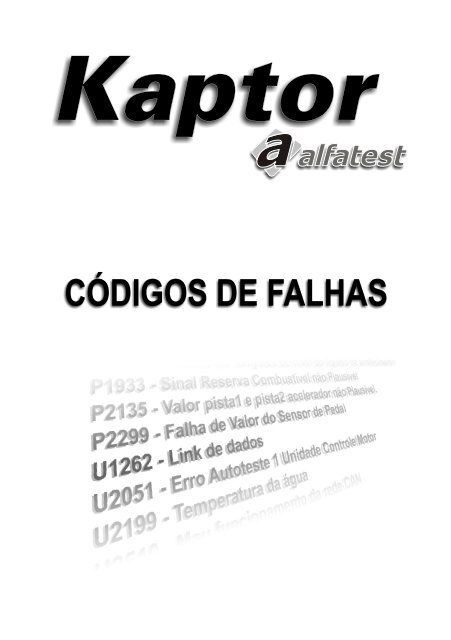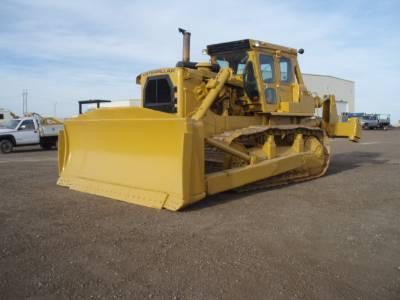Usage:
$99.33 to $112.00 (5 offers) - Buy 309-1019 Caterpillar Automatic Voltage Regulator Avr 365-2076 202-8634 VR6 K65-12B. Mpn: 365-2076 202-8634 309-1019. The Cat® 309 CR Variable Angle Boom (VAB) Mini Excavator delivers maximum power and performance in a mini size to help you work in a wide range of applications. The Variable Angle Boom provides the maximum in linkage flexibility in tight applications.The 309 CR also features high flow hydraulics to handle power hungry attachments such as.
3412C4BZ| Illustration 1 | g02198577 |
Typical Block Diagram of SR4B Permanent Magnet Permanently Excited (PMPE) Generator with VR6 Voltage Regulator (1) Generator lines (output voltage) (2) Generator lines (sensing voltage and AC power) (3) VR6 voltage regulator (4) Jumper (5) Main stator (6) Main rotor (7) Exciter rotor (8) Exciter stator (9) Three-phase rectifiers (10) Permanent magnet stator (11) Permanent magnet (12) Generator lines (DC excitation voltage) | |
This manual covers the VR6 voltage regulator which is used on 4/6 and 10/12 lead self-excited generators and permanent magnet generators. The VR6 regulator is typically located in the generator terminal box. The regulator may also be located in the marshaling box. In some applications, the regulator may be remotely mounted.
The VR6 voltage regulator (3) keeps the generator output voltage constant with changing loads. The voltage regulator controls the DC voltage and current that is supplied to the exciter stator (8) .
The regulator senses the generator voltage through the generator sensing leads (2) . The sensing leads are connected to the following terminals: 20, 22 and 24. The sensed voltage is then compared to a reference voltage. The reference voltage value is set by the voltage adjust potentiometer on the regulator. The reference voltage value may also be set by an external voltage adjust potentiometer.

When the regulator senses a decrease in output voltage due to an increase in load, the regulator will increase the DC voltage on wires F1 and F2 (12) . This increases the magnetic field in the exciter stator (8) . The increased magnetic field in the exciter stator increases the AC voltage and current, which is induced in the exciter rotor (7) . This increased three-phase AC voltage from the exciter rotor causes more AC current to flow. The three-phase AC voltage is then rectified to DC voltage by the three-phase full wave bridge rectifier (9) . The increased DC output from the bridge rectifier is carried to the main rotor (6) by conductors, which are routed through a passage in the rotor shaft. Increased current through the main rotor increases the magnetic field of the generator. The increased magnetic field induces a larger AC voltage into the main stator (5) . Therefore, the three-phase AC voltage (1) increases until the voltage regulator no longer senses a decreased output voltage.
When the voltage regulator senses an increase in output voltage due to a decrease in load, the regulator will decrease the DC voltage to the stator. A decrease in generator voltage will occur due to similar responses, as described above.

| Illustration 2 | g00779058 |
The VR6 Voltage Regulator (13) Terminal strip for attachments (14) Droop adjustment (15) Factory calibration of the voltage adjustment range (16) Voltage adjustment (17) Knee frequency adjustment (18) Stability adjustment (19) Terminal strip for sensing and power | |
| Illustration 3 | g01021519 |
The Cat VR6 presents an electrical shock/electrocution hazard. This hazard will cause serious injury or death. Service by trained personnel only. The terminals and heat sinks are live at hazardous voltages when power is applied and for up to 8 minutes after power is removed. |
There are five adjustments on the VR6 voltage regulator:
- Droop adjustment (14)
- Factory calibration of the voltage adjustment range (15)
- Voltage adjustment (16)
- Knee frequency adjustment (17)
- Stability adjustment (18)

The factory calibration of the voltage adjustment range (15) should not be adjusted by the user. For the other adjustments, refer to the Testing and Adjusting Section within this manual.
| Illustration 4 | g01021519 |
The Cat VR6 presents an electrical shock/electrocution hazard. This hazard will cause serious injury or death. Service by trained personnel only. The terminals and heat sinks are live at hazardous voltages when power is applied and for up to 8 minutes after power is removed. |

The excitation circuit can be disabled by removing the power from the VR6.
The VR6 voltage regulator can operate in one of the following modes:
- three-phase sensing
- single-phase sensing
For three-phase sensing, place the jumper between terminals 6A and 9. Sensing leads (2) should be connected to terminals 20, 22 and 24 for three-phase sensing.
Cat 309 1019 Manual Transmission
For single-phase sensing, the jumper should be removed. Sensing leads (2) should be connected to terminals 20 and 22 for single-phase sensing.
Note: The VR6 voltage regulators are sensitive to A-B-C phase rotation. Connections should be 'T1' to 22, 'T2' to 24 and 'T3' to 20. Incorrect connections can result in high circulating currents during parallel operation.
Note: Rated sensing voltage for the VR6 is 240 VAC for 60 Hz systems and 200 VAC for 50 Hz systems. The sensing voltage can be adjusted from 180 to 280 V. When the generator has a different operating voltage, the following methods can be used in order to step down the output voltage to the regulator voltage: generator taps, connection of the sensing lead to midpoint generator connections and power transformers (PT).
On 'Permanent Magnet Permanently Excited' (PMPE) generators, leads from permanent magnet (11) are connected to terminals 26, 28 and 30. These leads provide power to the regulator. Terminals 26, 28, and 30 are part of the terminal strip for sensing and power (19) .
On self-excited generators, terminal 20 is jump wired to terminal 28. Terminal 22 is jump wired to terminal 30. Terminal 24 is jump wired to terminal 26. The sensing leads provide the power to the regulator. Terminals 20, 22, 28, and 30 are part of the terminal strip for sensing and power (19) .
| Illustration 5 | g01021519 |
The Cat VR6 presents an electrical shock/electrocution hazard. This hazard will cause serious injury or death. Service by trained personnel only. The terminals and heat sinks are live at hazardous voltages when power is applied and for up to 8 minutes after power is removed. |
The terminal strip for attachments (13) accommodates the following optional connections:
- KVAR/PF controller
- External voltage adjust potentiometer
- Droop current transformer (CT)
- Selection of the under frequency slope
- Selection of the sensing phase
The KVAR/PF controller is connected at terminals 2 and 3. Terminals 2 and 3 should be jump wired if the KVAR/PF controller is not used.
Cat 309 1019 Manual Diagram
If an external voltage adjust potentiometer is used, there should be no jumper between terminals 4 and 7. An external voltage adjust potentiometer is rated at 10 K Ohm and 2 W. An external voltage adjust potentiometer is connected between terminals 6A and 7. If the internal voltage adjust potentiometer is used, place the jumper between terminals 4 and 7.
Cat 309 1019 Manual Pdf
If a 1 A droop current transformer (CT) is used, the CT secondary should be connected between terminals 5 and 6. If a 5 A droop current transformer (CT) is used, the CT secondary should be connected between terminals 5A and 6.

In order to create a 1 V/Hz under frequency slope, place the jumper between terminals 6A and 8. Leave these terminals unconnected for a 2 V/Hz under frequency slope.
Connect terminal 6A to terminal 9 for three-phase sensing. Do not connect these terminals for single-phase sensing.
Good control solutions incorporate the experience, expertise, and analytical capabilities that Woodward brings to customers. Backed by knowledge gained from decades of managing and controlling engines of every size, type, and application, Woodward works closely with equipment manufacturers to provide well-integrated solutions that help make today’s engines and equipment operate more cleanly, reliably and efficiently. Woodward teams with you early in the development cycle to devise innovative technology solutions that shorten your time to market. Through optimization of our integrated systems and components, your equipment can achieve the highest performance and reliability levels at the lowest possible installed cost. And, by enabling vehicle network communications for information sharing, our systems can make that equipment more efficient and productive, safer, more durable, and easier to maintain.